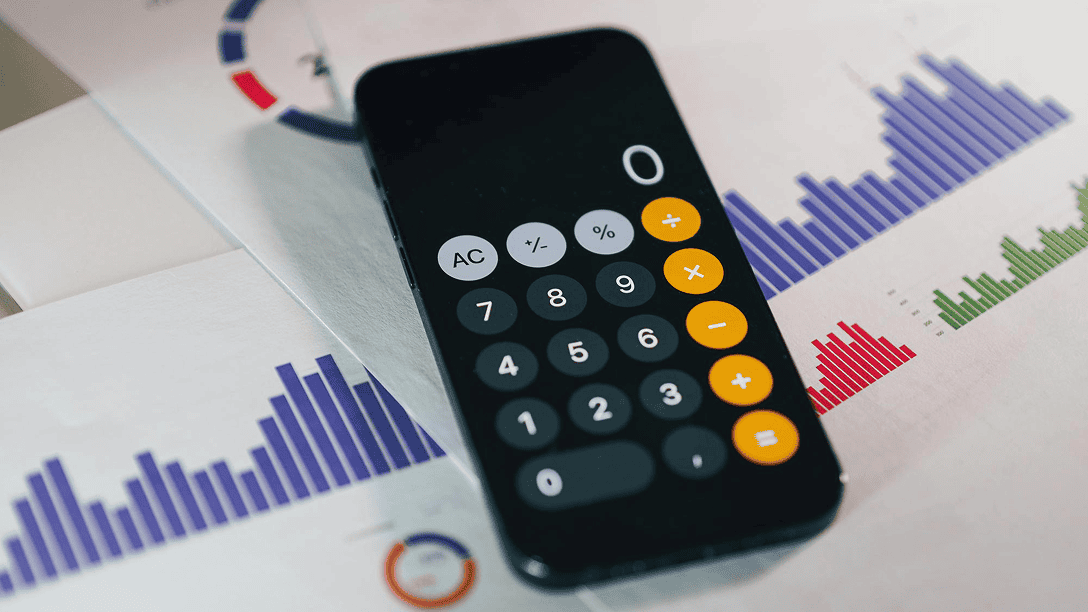
By Carol Carroll May 7, 2025
Running a bar or restaurant is a delicate balance between providing great service, managing operations, and maintaining a healthy profit margin. Among the many costs involved, one that often goes unnoticed or is misunderstood is payment processing. While digital payments are essential for convenience and customer satisfaction, they come with fees and conditions that can significantly influence your bottom line.
Understanding how payment processing works and how to optimize it is essential for bars and restaurants looking to protect profits in an increasingly cashless economy. This article explores the relationship between payment processing and profitability, helping business owners make smarter financial and operational decisions.
What Is Payment Processing?
Payment processing refers to the systems and services that handle customer payments made through credit cards, debit cards, and mobile wallets. When a customer pays for their drink or meal, the payment processor is responsible for verifying the transaction, transferring funds, and ensuring security.
For restaurants and bars, this process happens thousands of times a month, and each transaction involves fees and operational details that impact revenue.
The Key Players in a Transaction
A typical payment processing cycle includes the merchant (your business), the customer, the acquiring bank (your payment processor), the card network (like Visa or Mastercard), and the issuing bank (the customer’s bank). Each of these parties plays a role and takes a portion of the transaction through fees.
Types of Transactions in Food and Beverage Settings
Bars and restaurants deal with multiple types of transactions. These include quick-swipe purchases, table-side payments, online orders, and tips added after the initial charge. Each variation may be processed differently, and fees can vary depending on the method used.
The True Cost of Accepting Card Payments
Many restaurant owners focus on visible operational expenses like rent, wages, and food costs. However, the hidden fees associated with payment processing can quietly erode profit margins.
Even small percentages matter in industries where average profit https://barmerchantservices.com/are-you-overpaying-on-processing-fees-a-breakdown-of-hidden-costs-in-bar-transactions/ margins are thin. The cost of accepting digital payments often ranges from 2 to 4 percent per transaction, depending on a range of factors.
Common Fees to Watch For
The most typical processing fees include interchange fees (paid to the cardholder’s bank), assessment fees (paid to the card networks), and processor markup fees. There may also be additional charges such as PCI compliance fees, chargeback fees, and terminal rental fees.
Tips and Adjustments
Bars and restaurants also face unique processing challenges due to tipping. When a customer adds a tip after the initial authorization, the transaction has to be adjusted, which can sometimes lead to higher rates or transaction downgrades.
Impact on Profit Margins

Payment processing fees directly affect profit by reducing the actual revenue a business keeps from each sale. If not properly managed, they can significantly lower your net income over time.
For example, if a restaurant has an average ticket size of $40 and pays 2.9 percent in processing fees, it loses $1.16 per transaction. Over the course of 1,000 transactions a month, that amounts to $1,160 in fees.
Comparing Processing Fees to Food Costs
Let’s say your food cost percentage is 30 percent and you make $10,000 in sales. That’s $3,000 in food costs. Add 3 percent in processing fees, and you’re losing another $300. When margins are already tight, this difference is significant.
Cumulative Loss Over Time
Many owners underestimate the impact of payment fees because they seem small on a per-sale basis. But over a year, these fees can amount to thousands or tens of thousands of dollars, depending on sales volume and pricing structure.
Different Pricing Models in Payment Processing

The pricing model you choose for your payment processing can significantly impact how much you pay. Understanding these models helps you make informed decisions that align with your sales patterns and business type.
There are three main models commonly used in the food and beverage industry: flat rate pricing, interchange-plus pricing, and tiered pricing.
Flat Rate Pricing
This is the most straightforward model where the processor charges a fixed percentage and fee per transaction. For example, 2.6 percent plus 10 cents. While simple, it may include a significant markup, especially for debit card transactions that actually cost less to process.
Interchange-Plus Pricing
This model separates the actual interchange fee from the processor’s markup. It offers greater transparency and can result in lower costs for businesses with a high volume of transactions or a customer base that uses lower-cost cards.
Tiered Pricing
With tiered pricing, transactions are categorized into qualified, mid-qualified, or non-qualified tiers. Unfortunately, this model lacks transparency and often leads to higher fees due to downgraded transactions, especially in bars and restaurants with adjusted tips.
Choosing the Right POS and Processor
Not all point-of-sale systems and payment processors are created equal. The tools you use can either help you save money or result in unnecessary costs.
Bars and restaurants need POS systems that are built to handle fast-paced environments, complex tipping scenarios, and integrated reporting.
Look for Industry-Specific Features
Choose a POS system that supports pre-authorizations for bar tabs, tip adjustments, split checks, and offline processing in case of network interruptions. These features make transactions smoother for both staff and guests.
Consider All-In-One Packages
Some processors offer integrated POS systems that include hardware, software, and payment services under one roof. These packages can offer cost advantages and better customer support, but always read the fine print for hidden fees.
Ways to Reduce Payment Processing Costs
While you cannot eliminate processing fees entirely, there are several strategies to reduce their impact. Small adjustments can lead to substantial savings over time without affecting the customer experience.
The key is to be proactive, evaluate your current setup, and be willing to negotiate or switch providers if needed.
Encourage PIN Debit
Debit card transactions processed with a PIN often carry lower interchange fees. Offering this option and training staff to suggest it can reduce overall processing costs.
Avoid Transaction Downgrades
Ensure staff are trained to close transactions quickly, especially after tip adjustments. Delayed settlement or missing data can cause a downgrade to a more expensive fee category.
Negotiate with Your Processor
If you have steady sales volume and good history, ask your processor for lower rates. Be prepared to show transaction data to support your request. Many providers are open to reducing their markup to retain your business.
Audit Your Monthly Statements
Review your processing statements regularly. Look for hidden fees, unexpected charges, or signs that your transactions are being downgraded. If you spot irregularities, question them immediately.
Balancing Convenience with Cost
While payment processing fees can be a burden, digital payments are a must for customer convenience and business efficiency. Most customers expect to pay by card or mobile, and refusing those options can hurt sales.
The solution is not to limit payment options but to manage them wisely.
Customer Satisfaction Comes First
Fast, secure, and flexible payment options enhance the dining experience. Happy customers return more often, tip better, and are more likely to recommend your business.
Consider Adding a Surcharge
In some states, it’s legal to add a small surcharge to card payments to offset processing fees. If you choose this route, disclose it clearly at the point of sale. However, be cautious, as this may affect customer perception.
Planning for the Future
Digital payment trends continue to evolve, and bars and restaurants must keep up to remain competitive. Contactless payments, mobile wallets, and QR code ordering are becoming more common and expected.
Investing in modern payment solutions now helps future-proof your business and improve your financial control.
Embrace Contactless Payments
These transactions are often faster and more secure. Implementing tap-to-pay or mobile wallet options can reduce lines, improve customer experience, and lower some security-related costs.
Integrate Reporting and Analytics
Use a POS system that gives detailed reports on transaction types, peak hours, and tip behavior. These insights help you adjust operations, staffing, and marketing strategies to maximize profitability.
Conclusion
Payment processing has a direct and measurable impact on the profit margins of bars and restaurants. While the convenience of digital payments is essential, understanding the associated costs and managing them effectively can make a significant difference to your bottom line.
By choosing the right pricing model, training staff, reviewing statements, and working with the right technology partners, business owners can turn payment processing from a hidden expense into a well-managed part of their financial strategy. In a fast-moving industry where every cent counts, being informed and proactive is the key to long-term success.